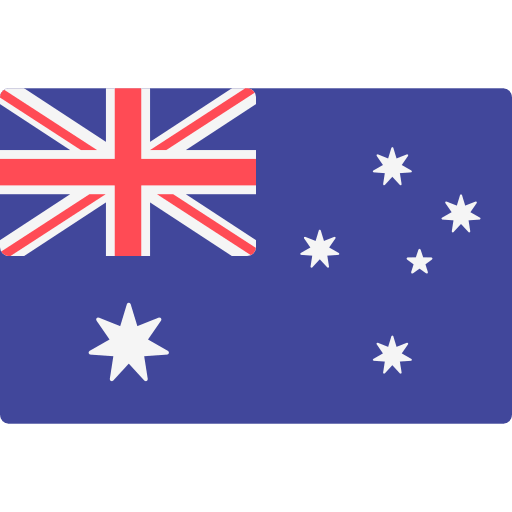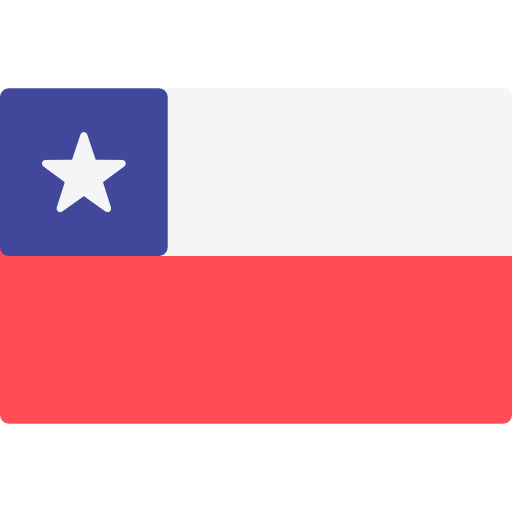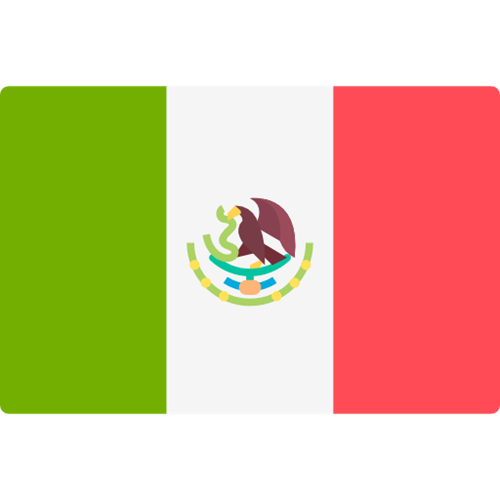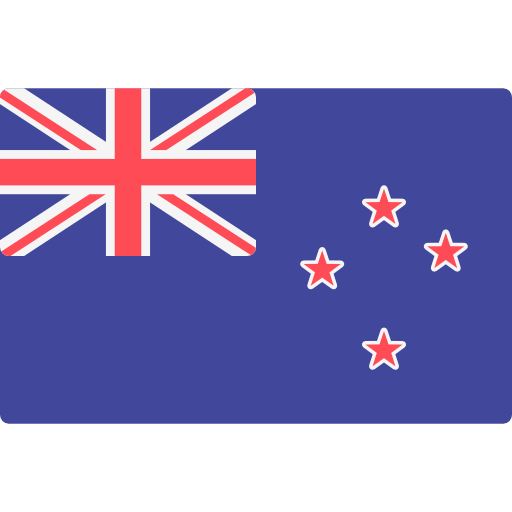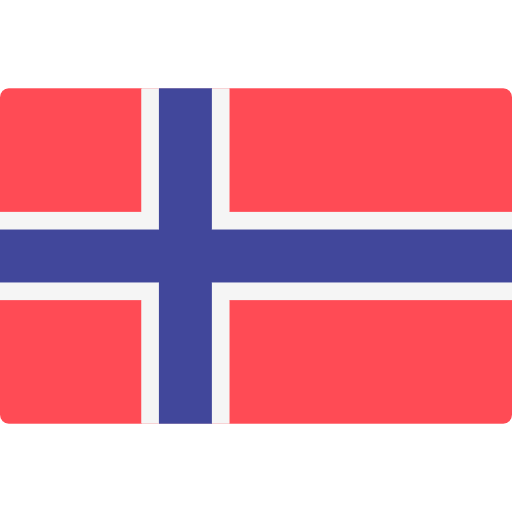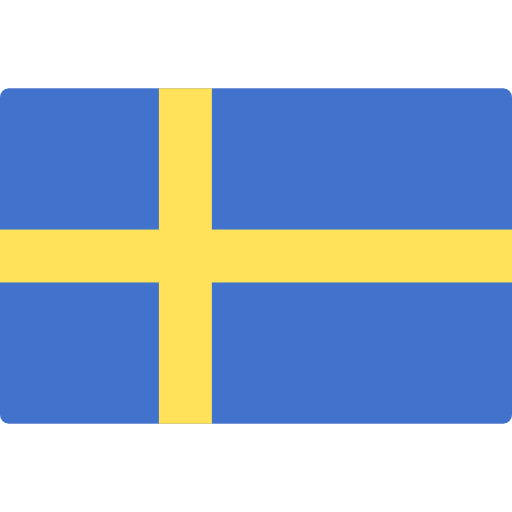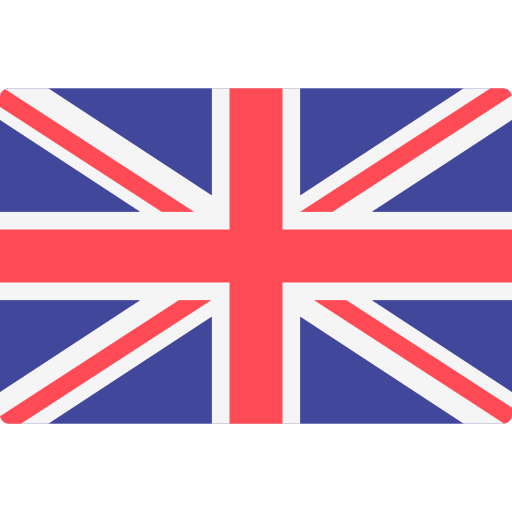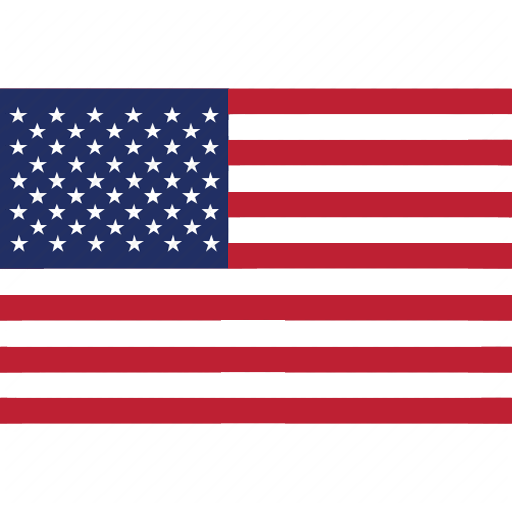Eurofins Softlines & Leather Monthly Bulletin (May 2025)


New public consultation related to unsold apparel, clothing accessories and footwear
On 24 March 2025, the European Commission announced that a new public consultation related to sustainable products is being prepared. The destruction of unsold consumer products is an environmental problem, and European rules now prohibit the destruction of unsold apparel, clothing accessories and footwear. With this new European initiative, the European Commission wants to provide and specify the exemptions.
Adoption by the Commission is planned for the third quarter of 2025.
For more information, please refer to the European Commission website here.
Simplification process in the implementation of EUDR
On 15 April 2025, the European Commission updated its Guidance Document and FAQs on Regulation (EU) 2023/1115 on deforestation-free products (EUDR). With these updates, the European Commission simplifies and reduces the administrative burdens and facilitates the implementation of the Regulation.
The main simplification measures introduced are:
- Large companies can reuse existing due diligence statements when goods previously on the EU market are reimported. This means that less information needs to be submitted in the IT system;
- An authorised representative can now submit a due diligence statement on behalf of members of company groups;
- Companies will be allowed to submit due diligence statements annually instead of for every shipment or batch placed on the EU market;
- Clarification of ‘ascertaining' that due diligence has been carried out, so that large companies downstream benefit from simplified obligations.
The simplifications introduced will be further complemented by a Delegated Act, which is now under public consultation until 13 May, and will be amended to clarify what products fall within the scope. Certain entries in Annex I could give rise to ambiguity as to whether waste, second-hand and used products fall within the scope, thus discouraging circular and resource-efficient practices.
For more information, please refer to the European Commission website about EUDR here.
The 2025-2030 working plan for the Ecodesign and energy labelling of consumer products
On 16 April 2025, the European Commission adopted the 2025-2030 working plan for the Ecodesign for Sustainable Products Regulation (ESPR) and Energy Labelling Regulation.
The plan indicates that steel and aluminium, textiles (with a focus on apparel), furniture, tyres and mattresses will be priority products over the next five years. The two main future requirements will be:
- Product performance, such as minimum durability, minimum energy and resource-efficiency, availability of spare parts or minimum recycled content;
- Product information, including key product features such as the product’s carbon and environmental footprint. Product information will mainly be made available via the Digital Product Passport or, for products with energy labels, via the European Product Registry for Energy Labelling (EPREL).
Ecodesign and energy labelling requirements will be set via delegated acts on a product-by-product basis or for groups of similar products.
Regarding some energy-related products, ongoing work under the Ecodesign Directive should continue, and relevant requirements will be adopted no later than 31 December 2026.
European initiatives to boost sustainable products
Below is a summary table with the status of current European initiatives related to consumer products and their sustainability:
|
Published initiative |
Status |
|
Sustainable products - disclosure of information on unsold consumer products This initiative will specify:
|
In preparation |
|
New product priorities for Ecodesign for Sustainable Products The Commission seeks views on the categories of new products and measures to address first, so that it can set priorities transparently and inclusively. |
Adopted by the European Commission on 16 April 2025 |
|
Digital Product Passport – rules for service providers The Commission opened public consultation with the aim of gathering stakeholders' views on how data should be stored and managed by service providers and on the need for a certification scheme for such service providers. The feedback gathered through the public consultation will inform the development of the effective functioning of the Digital Product Passport system. |
In public consultation until 1 July 2025 |
New persistent organic pollutant substances in the UK
On 11 March 2025, the UK POPs Regulation was amended by the Persistent Organic Pollutants (Amendment) Regulations 2025 (S.I. 2025/296) and The Persistent Organic Pollutants (Amendment) (No. 2) Regulations 2025 (S.I. 2025/297). These regulations amend provisions in Annexe 1 to the UK POPs Regulation as follows:
- Adding Dechlorane Plus and UV-328
- Adding Methoxychlor (already included in the EU POP Regulation and aligned with it)
- Amending the entries for Hexachlorobenzene, Pentachlorophenol and Perfluorooctanoic acid (aligned with EU POP Regulation)
This follows the decision made at the eleventh meeting of the Conference of the Parties to the Stockholm Convention in May 2023, where Dechlorane Plus and UV-328 were added in Annex A to the Convention with certain specific exemptions.
The amendments entered into force on 1 April 2025.
The requirements for Dechlorane Plus and UV-328 under the UK POP Regulation are as follows:
|
Substance |
UK requirements under Annexe I of UK POP Regulation (*) |
Some common uses |
|
UV-328 2-(2H-benzotriazol-2-yl)-4,6-ditertpentylphenol CAS No 25973-55-1 EC No 247-384-8 |
≤ 10 mg/kg (0.001% by weight) in substances, mixtures, or articles.
|
UV absorber used in paints, coatings, sealants, printing inks, adhesives, resins, plastics, and vehicles. |
|
Dechlorane plus includes its syn-isomer and anti-isomer CAS No 13560-89-9 135821-03-3 135821-74-8 EC No 236-948-9 |
≤ 10 mg/kg (0.001% by weight) in substances, mixtures or articles.
|
Polychlorinated flame retardants used in plastic products, textiles, adhesives, cables, motor vehicles, medical devices, E&E equipment, electronic devices, machinery, aerospace and defence. |
(*) Allowed uses/exemptions not included in this table.
As of now, Dechlorane Plus and UV-328 are not included in EU POP Regulation yet. In the EU, the European Commission held public consultations on these substances regarding whether to add them to Annex I of Regulation (EU) 2019/1021. The public consultations are closed, and it is expected that the Commission will adopt them soon.
New exclusions in the UK Furniture and Furnishings (Fire) (Safety) Regulations
On 30 April 2025, The Furniture and Furnishings (Fire) (Safety) (Amendment) Regulations 2025 was published. These regulations amend the Furniture and Furnishings (Fire) (Safety) Regulations 1988 (“the 1988 Regulations”). The main amendments are:
- It sets out a list of baby and children’s products to be excluded from the scope of the Furniture and Furnishings (Fire) (Safety) Regulations 1988;
- Removing the requirements about a display label, both at the initial point of sale and in the secondhand market;
- It extends the time limit for instituting legal proceedings from six months to twelve months.
The amendment will enter into force on 30 October 2025.
For more information, please refer to the statutory guidance on the UK Office for Product Safety and Standards website here.
Utah repeals online labelling requirement for bedding, upholstered furniture and quilted clothing
The State of Utah amended the Bedding, Upholstered Furniture, and Quilted Clothing Rule, R70-101, by removing the requirement for law labels to be accessible to consumers online. Effective April 9, 2025, digital law labels will no longer be required for bedding, upholstered furniture, and quilted clothing sold in Utah.
New Mexico regulates PFAS in consumer products
On 8 April 2025, the State of New Mexico passed HB 212 into law to regulate Per- and Poly-Fluoroalkyl Substances (PFAS) in various consumer products with different enforcement dates. PFAS is defined as any substance in a class of fluorinated organic chemicals containing at least one fully fluorinated carbon atom.
Here is a summary of the new requirements:
|
Chemical(s) |
Scope |
Requirement |
Effective Date |
|
PFAS |
Cookware Food packaging Dental floss Juvenile products Firefighting foam |
Intentionally added PFAS prohibited |
1 January 2027 |
|
All products |
Reporting if intentionally added PFAS |
1 January 2027 |
|
|
Carpets/rugs Cleaning products Cosmetics Fabric treatments Feminine hygiene products Textiles Textile furnishings Ski wax Upholstered furniture |
Intentionally added PFAS prohibited |
1 January 2028 |
|
|
All products |
Prohibited if requested testing by DOE demonstrates the product contains intentionally added PFAS and the manufacturer has failed to provide reporting information |
1 January 2028 |
|
|
All products |
Intentionally added PFAS prohibited, unless the manufacturer has fulfilled reporting requirement |
1 January 2028 |
|
|
All products |
Intentionally added PFAS prohibited |
1 January 2032 |
POPs substances prohibited in the HSNO Act Schedules 1AA and 2A
In March 2025, New Zealand issued the Hazardous Substances and New Organisms (Schedules 1AA and 2A) Order 2025 (the Order) to add these three POP chemicals to Schedule 1AA ‘Stockholm Convention on POP’ and Schedule 2A ‘POP’ of the HSNO (version as at 5 April 2025).
Details of the Order are summarised as follows:
|
Substance |
Activity |
Requirements |
Specific exemptions |
Effective date |
|
Dechlorane Plus, including its syn- and anti-isomer
CAS No: 13560-89-9 “Dechlorane Plus” includes its syn-isomer (CAS No: 135821-03-3) and its anti-isomer (CAS No: 135821-74-8)
|
Production |
Prohibited (as substances, in mixtures or articles) |
None |
14 March 2025 |
|
Use |
In accordance with part XI of this Annexe:
|
|||
|
Methoxychlor
“Methoxychlor” refers to any possible isomer of dimethoxydiphenyltrichloroethane or any combination thereof. For example: CAS No: 72-43-5; CAS No: 30667-99-3; CAS No: 76733-77-2; CAS No: 255065-25-9; CAS No: 255065-26-0; CAS No: 59424-81-6; CAS No: 1348358-72-4.
|
Production |
Prohibited (as substances, in mixtures or articles) |
None |
14 March 2025 |
| Use |
None |
|||
|
UV-328
CAS No: 25973-55-1 |
Production |
Prohibited (as substances, in mixtures or articles) |
As allowed for the Parties listed in the Register in accordance with the provisions of part XII of this Annex |
14 March 2025 |
|
Use |
In accordance with part XII of this Annexe:
|
With these additions’ requirements, substances, mixtures or articles containing those chemicals for import, manufacture, use, and storage are prohibited in New Zealand, except for exemptions specified in Schedule 2A under Section 25 of the Act.
Below you will find a monthly summary of product recalls and alerts in Europe (Source “Safety Gate (RAPEX)”) and the U.S. (Source “CPSC”).
Safety Gate (RAPEX) (European Commission Rapid Alert System for dangerous non-food products – Alerts reported by EU national authorities)
The following 12 alerts regarding clothing, textile and fashion items were reported between week 12 and week 15 of 2025.
|
Type of Risk |
Number of alerts |
Notes |
|
Chemical
|
2 |
Magnetic buttons The rate of nickel release is too high. The product does not comply with the REACH Regulation. |
|
1 |
Children's sandals The plastic material of the sandals has an excessive concentration of dibutyl phthalate (DBP), bis(2-ethylhexyl) phthalate (DEHP), and lead. The product does not comply with the REACH Regulation. |
|
|
1 |
Gloves The leather in the product contains chromium VI. The product does not comply with the REACH Regulation. |
|
|
1 |
Backpack with USB The plastic material of the product has an excessive concentration of bis(2-ethylhexyl) phthalate (DEHP), benzyl butyl phthalate (BBP), diisobutyl phthalate (DIBP) and dibutyl phthalate (DBP). The product does not comply with the REACH Regulation. |
|
|
1 |
Cosmetic Bag The plastic material of the product's handle has an excessive concentration of bis(2-ethylhexyl) phthalate (DEHP). The product does not comply with the REACH Regulation. |
|
|
2 |
Children's flip flops The plastic material of the product has an excessive concentration of bis(2-ethylhexyl) phthalate (DEHP) and dibutyl phthalate (DBP). The product does not comply with the REACH Regulation. |
|
|
1 |
Flip flops The plastic material of the product has an excessive concentration of bis(2-ethylhexyl) phthalate (DEHP), diisobutyl phthalate (DIBP) and dibutyl phthalate (DBP). The product does not comply with the REACH Regulation. |
|
|
Chemical, Environment |
1 |
Children's bag The plastic material of the product has an excessive concentration of bis(2-ethylhexyl) phthalate (DEHP), diisobutyl phthalate (DIBP) and dibutyl phthalate (DBP). Moreover, the product has an excessive concentration of cadmium and short-chain chlorinated paraffins (SCCPs). The product does not comply with the Persistent Organic Pollutants (POP) Regulation or the REACH Regulation. |
|
Injuries |
1 |
Children's coat The coat bears elastic functional cords with free ends and toggles in the head and neck area. The product does not comply with the General Product Safety Regulation or EN 14682. |
|
1 |
Socks The inside toe area of the sock is made with an uncut loop. The product does not comply with the General Product Safety Regulation. |
|
|
1 |
Children’s dress The product bears functional cords with free ends and toggles in the waist area. The product does not comply with the General Product Safety Regulation or EN 14682. |
The Office for Product Safety and Standards (OPSS) issues Product Safety Alerts to the UK market. The following 25 alerts regarding clothing, textile, and fashion items were issued between week 12 and week 15 of 2025.
|
Hazard |
Number of alerts |
Notes |
|
Suffocation |
9 |
Baby sleeping bag The product has no arm openings. This could lead to the suffocation of the baby if they slip down into the sleep bag while unattended and the garment covers their mouth and nose. The product does not meet the requirements of the General Product Safety Regulations 2005. |
|
11 |
Baby sleeping bags The product has a hood, which is not permitted in the relevant standard, BS EN 16781:2018. If a baby is placed inside a hooded sleeping bag and left unattended, the baby’s natural movement may cause the hood to cover the head/face. The product does not meet the requirements of the General Product Safety Regulations 2005. |
|
|
4 |
Baby sleeping bag The product has no arm openings. This could lead to the suffocation of the baby if they slip down into the sleeping bag while unattended and the garment covers their face. The product has a hood, which is not permitted in the relevant standard, BS EN 16781:2018. If a baby is placed inside a hooded sleeping bag and left unattended, the baby’s natural movement may cause the hood to cover the head/face. The product does not meet the requirements of the General Product Safety Regulations 2005. |
|
|
1 |
Children’s coat It includes a hood and is available in sizes suitable for babies (aged 0-3 months and 3-6 months). If a baby is placed inside a hooded product and left unattended, the baby’s natural movement may cause the hood to cover the head and face. The product does not meet the requirements of the General Product Safety Regulations 2005. |
From 3 April 2025 to 24 April 2025, the CPSC (Consumer Product Safety Commission) published the following recalls: 4 recalls of textile & leather products
|
Hazard |
Number of alerts |
Notes |
|
Fall |
4 |
Waterproof boots The hook of one boot can catch on the lace of the other boot, posing a fall hazard to the consumer. |

